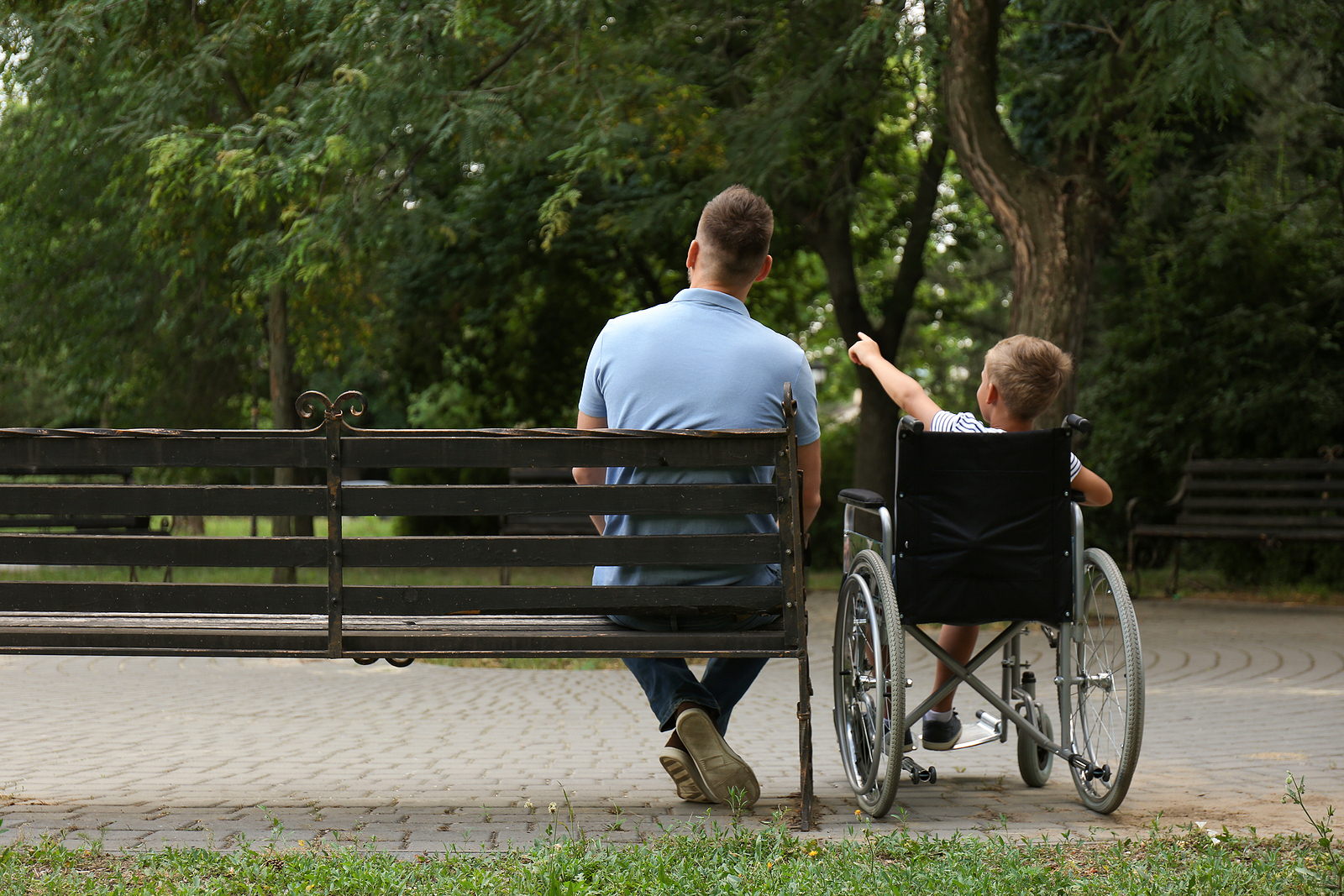| Relevant Downloads and Links | |
|---|---|
| Swimming Pool Accessibility | LINK |
The Americans with Disabilities Act (ADA) prohibits discrimination against people with disabilities, whether as an employer, in communications, transportation or with public accommodations. Recently, changes to the ADA have placed a focus on city parks and recreation programs and sites.
Standards for Accessible Design
In 1990, when the ADA was adopted, design standards were developed to address standard built environment assets: parking, signage, exterior routes, entries, interior routes, rooms and spaces, restrooms and other typical features. This first set of requirements, known as the 1991 Standards for Accessible Design, applied to new design or construction occurring January 26, 1992, or later.
However, the 1991 standards lacked guidance on city recreation amenities such as playgrounds, sports fields, pools, fitness centers, boating areas, fishing areas and golf courses. Therefore, the U.S. Access Board was tasked with developing guidelines (which later become Standards in rulemaking) for recreation environments. The Access Board handed its guidelines to the Department of Justice (DOJ), and it began a six-year rulemaking process that ended with the release of the 2010 Standards for Accessible Design. These became effective for new design and construction on March 15, 2012. The 2010 Standards also address the recreation spaces named above.
Application of Title II Requirements
It is important for municipalities to distinguish between new and existing sites regarding access. Design and construction of new sites and facilities after March 15, 2012 must strictly adhere to the 2010 Standards. Additionally, Iowa requirements for an element that is more stringent than federal requirements must be followed.
For facilities and sites that existed before March 15, 2012 the DOJ applies the “program access test”. For example, if a city offers the “program” of playgrounds at 20 different playgrounds, it must make some playgrounds compliant with the access requirements in the 2010 Standards. However, there is no ratio for the number of duplicated sites to be made accessible. Each city must balance resources, the costs of compliance and other factors to determine the right number for their city. However, in no case is the right number zero.
The example above refers to duplicated amenities. Applying the program access test to one-of-a-kind sites, such as one pool, one auditorium, one senior center, one golf course or one skate park is simple: make it accessible.
Compliance Issues for Parks and Recreation Departments
There are numerous ADA compliance issues facing city parks and recreation agencies, including:
- Completing an access audit of all elements at all parks and recreation sites.
- Developing a transition plan after the access audit is completed.
- Requiring designers and contractors to strictly adhere to the 2010 Standards.
- Establish a clear process to support inclusive participation by people with disabilities in recreation programs, alongside people without disabilities.
- Developing and promoting the required policies for other power driven mobility devices and for service animals.
- Establishing and providing regular, frequent and current training for city employees regarding the application of the ADA to parks and recreation.
Access Audits
Conduct an access audit of all sites and facilities. Reassign staff and train them regarding the Standards to do it yourself, or retain someone who knows the Standards, Title II, and the way parks and recreation departments work. This should have been completed by March 15, 2012. Doing city parks and recreation business today without an access audit is a costly mistake. The end result is loss of control of your budget, your plans and your employees.
Transition Plan
This plan is the result of the access audit, analysis and application of the program access test. It identifies the elements at sites that will be made accessible, and the elements at sites that will be left as is. Many cities integrate the transition plan with other already existing plans, such as a playground replacement schedule or city master plan. It is important to know where mandated change for access is needed, before making plans for discretionary changes at other sites.
New Design and Construction and the 2010 Standards
It is unfortunate, but new buildings pop up every week that do not meet the new Standards. One solution is for cities to require designers and contractors to agree that their work fully complies with the 2010 Standards, and Iowa requirements where they are more stringent. Further, cities should work closely with building designers; ask the designer or contractor to describe how access will be incorporated. Make them aware from day one this is a high priority for the city.
Establish a Process to Support Recreation Inclusion
Every recreation program is open to inclusive participation by a person with a disability. The inclusion process should include at least an invitation to people with disabilities to participate, a way to assess registrants with disabilities, a process where a plan for supports is developed, a method for training staff in the implementation of inclusion supports and an evaluation of the way the plan is implemented.
Other Power Driven Mobility Device (OPDMD) Policy
Segways, golf cars, even riding mowers are used from time to time by people with disabilities in a park, at an outdoor concert or on a trail. City staff are limited in the type and nature of inquiries of a person who claims to be using a OPDMD because of disability. It is clear that this is a rapidly evolving area. If the city does not yet have a policy here, it should be a high priority.
Policies Regarding Service Animals
The DOJ, effective March 15, 2011, clarified what a service animal is and where service animals are permitted. Service animals today are dogs or miniature horses, and are trained to perform specific tasks that relate to the disability of the handler. For example, a service animal may guide a person with impaired vision, or a service animal may fetch objects and bring them to someone with limited mobility. Service animals can go anywhere a pedestrian can go: parks, recreation centers, swimming pool decks and fitness centers all fit this requirement. Additionally, city staff are limited in the inquiries that can be made of a person with a disability with a service animal.
City Staff Need Training
In all settlement agreements, and in many court decisions, city staff are required to undergo regular training on disability-related issues and ADA compliance. Training topics could include history of the ADA, definition of disability, incidence of disability in your city, reasonable modifications that support recreation inclusion, the 2010 Standards, how to conduct an access audit of existing sites and much more.
John McGovern, President of Recreation Accessibility Consultants, LLC, provided information for this page.






